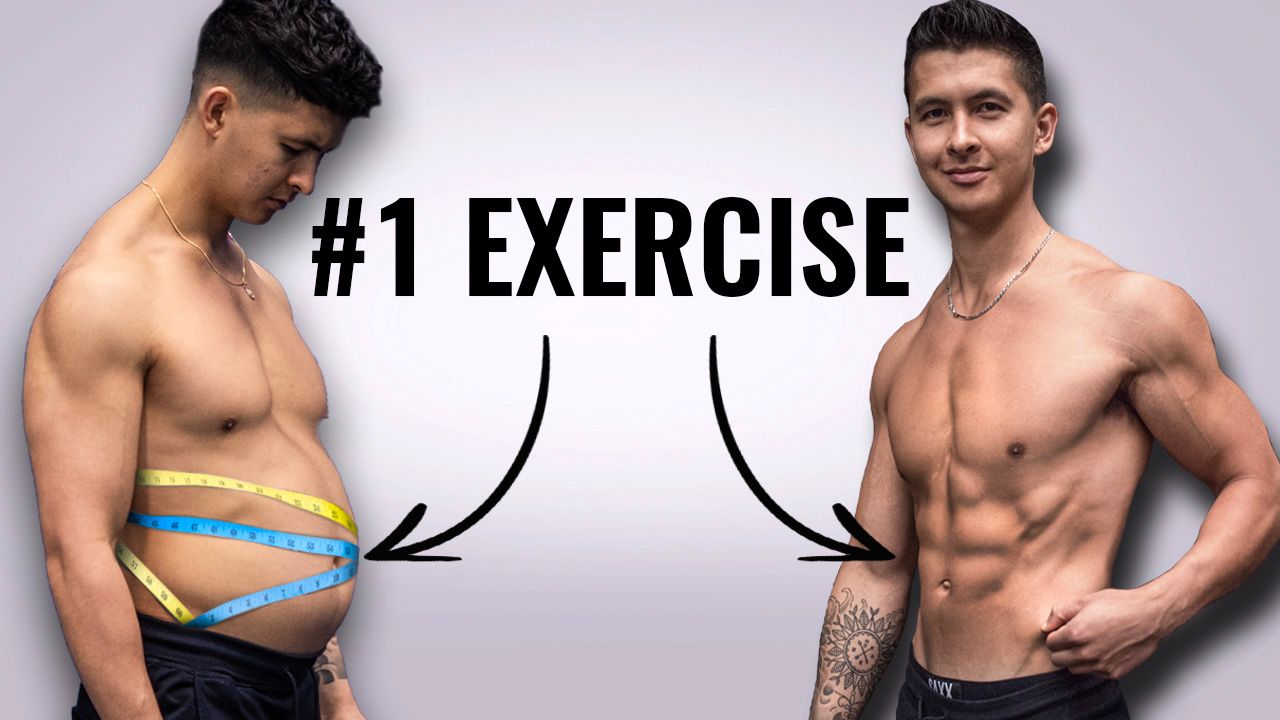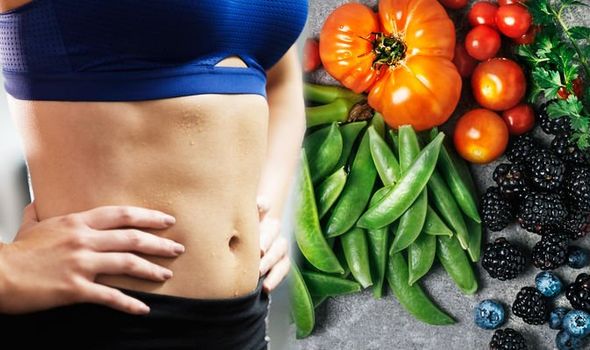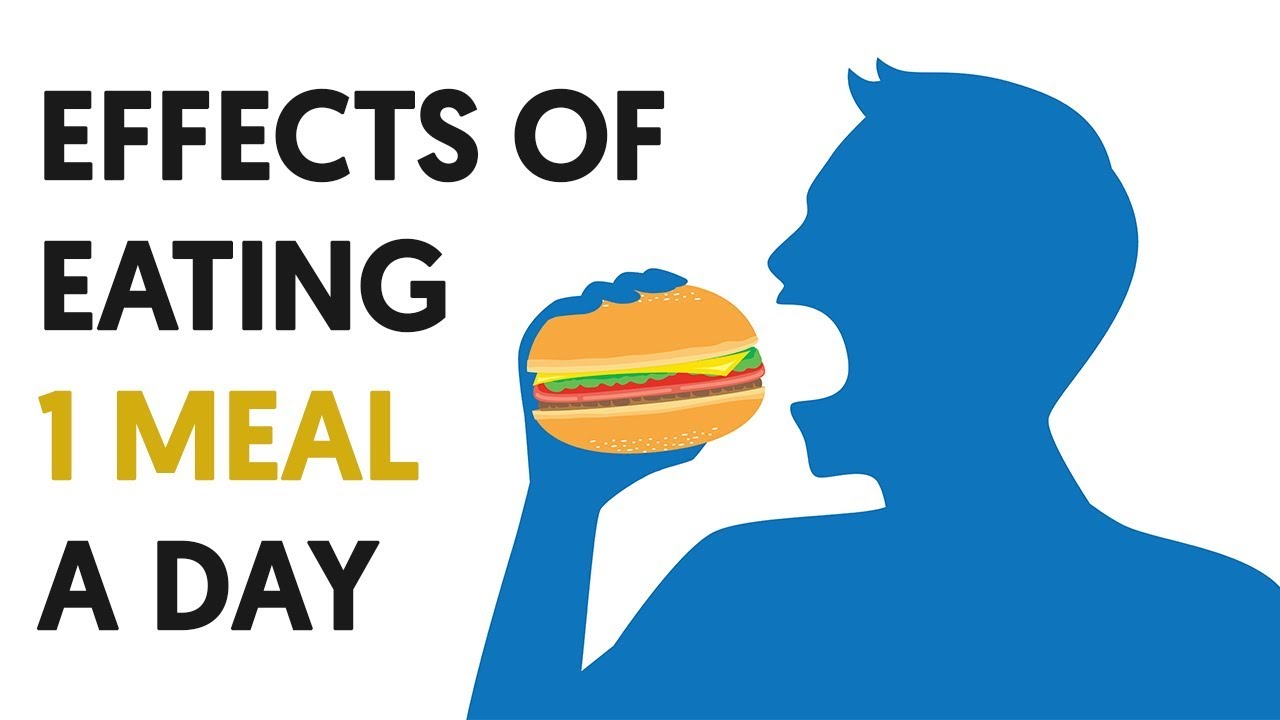
It is best to exercise more and reduce refined carbohydrate intake to lose fat in your legs. Refined carbs can be found in processed foods like frozen meals and potato chips. Cardiovascular exercise can also help you lose fat elsewhere in your body. This exercise can burn a lot of calories and keep you in calorie deficit. The next step is strength training. You can do a wide range of exercises. Cardio exercises are great to burn fat in all areas of the body, including the legs.
Exercise
To lose fat in your legs, you need to tone your legs and make other changes that will support weight loss. Even though everyone has some fat around the legs, it's impossible to eliminate all this excess weight. It is important to combine strength training and aerobic exercise to shed excess fat. Aerobic exercise is great for toning and strengthening your legs, as well as burning fat.

Diet
Eat more fiber and protein to build lean legs. You should eat between 25 and 35 grams of protein each day to build muscle. A high level of fiber is also a reason to eat more fruits, vegetables, and other greens. Lean meat, poultry, fish are good choices. Try to limit your intake of soda and alcohol. These simple changes will help you lose 500 calories each day and have sexy legs in no matter how fast.
Exercise program
Cardio warm-ups are a good way to tone and burn fat in the legs. Begin with stationary splitsquats. Practice good form and deceleration by standing near a balance object. Avoid landing on your back knees while you jump. After mastering the basic exercises, you can move on to more challenging versions such as split squats that last 30-60 seconds.
Exercise machines
If you want to lose weight in your legs, you can use an exercise machine to do so. Start by doing a few partial repetitions. This is when you start with your legs straightened, and then slowly lower them to their bottom position. After completing a few sets of this exercise, you will feel your legs become crispy. Use the leg press only twice a week to achieve your goals, but make sure you're doing it hard!
Exercises compound
You've probably heard of the benefits of doing compound exercises to burn fat in your legs, but what exactly do these mean? These are exercises that work multiple muscle groups at the same time, and without sacrificing strength. You can get the most out of these exercises if you do it in moderation. If you try to do them all at one time, it is likely that you will feel tired and unable to concentrate. Instead, start by choosing one exercise per leg and gradually increase the weights and reps until you see a significant difference.

A thigh gap
First, understand that you can't work out specific parts of your body to get a thigh space. Malnutrition can lead to malnutrition that can impact your mental as well as physical health. While you can lose weight and not have a thigh-to-hip gap, you might be at high risk of developing an eating disorder.
FAQ
What foods help me lose weight faster?
Eating fewer calories can help you lose weight faster. This can be done in two ways:
-
Reduce how many calories you eat daily.
-
Physical activity can help you to burn more calories.
It is easy to reduce calories. Everywhere you turn, there are many calorie-dense fast foods. Here's a list that will help you lose weight.
-
Beans are high in fiber and protein. They contain almost no fat, making them an ideal choice for dieters who want to reduce their caloric intake.
-
Oatmeal, while low in calories, is high in nutrients like potassium and magnesium. It also has less sugar than most other cereals.
-
Eggs are high in cholesterol and protein. Eggs can be eaten once or twice per week to increase metabolism, which will help you burn more calories during the day.
-
Whole grain bread may help you feel fuller, longer.
-
Dark chocolate is loaded with antioxidants and flavonoids, substances that have been linked to lower blood pressure and improved heart health.
-
Cottage cheese is rich with calcium, which helps build strong bones. It is also rich in vitamin D, which increases immunity.
-
Salmon is high in omega-3 fatty oils, which are good for brain development and heart health.
-
Green tea contains a lot of catechins. These are compounds that can fight cancer and improve metabolism.
-
Broccoli, a rich source of folic acid, is great for lowering homocysteine levels. Homocysteine high levels are associated with increased heart disease risk and stroke.
-
Yogurt, which is low in sugar, is a great option to add probiotics to your diet. Probiotics play an important role in digestive health.
-
Berries are a delicious snack option that's also very nutritious. There are many great sources of vitamins, minerals in blueberries, strawberries, blackberries and raspberries.
-
Avocados are full of healthy fats. A half avocado contains 80 calories and plenty of fiber.
-
Nuts make a delicious snack and are also a good source of protein. All kinds of nuts are great choices, including almonds.
-
Sweet potatoes are another starchy root vegetable rich in beta carotene. It makes your skin shine. Because of their higher beta carotene levels, orange sweet potatoes are particularly good.
How long does a weight loss process take?
It takes time to lose weight. It takes about six months to lose 10% of your weight.
It is important to realize that weight loss should not be expected overnight. Your body takes time to adapt to new diets.
This means that you need to slowly change your diet over a period of time, such as a few days or weeks.
Fad diets are not recommended as they don't work. Instead, change your daily routine.
Consider, for instance, that you often eat unhealthy snacks late at the night. You need to reduce this behavior.
Instead, eat healthier meals at night. This way, you'll avoid snacking later in the night.
You should also drink plenty of water during the day. Water keeps you hydrated and prevents your body from becoming dehydrated. Dehydration causes you to feel fatigued and slow.
You will stay more energized and focus if you drink lots of water throughout your day.
You can reduce stress by relaxing. You can spend time with family members, for example.
You could also read books or watch movies, or listen to music.
These activities will help you unwind from stressful situations. They will also improve your mood, self-esteem, and overall well-being.
If you want to lose weight, consider your health first.
Your physical fitness is an indicator of overall health. If you are looking to improve your physical fitness, it is important that you eat well and do regular exercise.
Is there a difference between intermittent fasting, calorie restriction, and intermittent fasting?
Calorie restriction is when you eat less than your body needs. Intermittent Fasting is different in that it doesn't restrict calories. Instead, Intermittent Fasting is about eating fewer calories per day.
Intermittent fasting can be more effective as it allows you to eat the foods you love and not feel guilty.
Each method has its pros and cons. You have to decide which method you prefer.
What can I drink in the morning while intermittent fasting?
Drink water before you go to bed at night. This helps you feel fuller quicker and gives you energy for the rest of your day. If you want to add flavor, try adding lemon juice or cucumber slices.
How often do people fast regularly?
Most people who follow a ketogenic diet fast once per week. Some people fast twice a week. And others fast three times per week.
Every fast is different. Some people fast for 24 hours, whereas others fast for 48 hours.
Some people even go longer than 72 hours. These extreme cases are rare.
How long should I do Intermittent fasting to lose weight?
The answer isn't as easy as it seems. When determining the number of days you should fast for optimal fat reduction, there are many factors to consider. These are:
-
Your age. If you are younger than 40, intermittent fasting might be too difficult because you have less time for recovery after each fast. Alternately, if your age is over 60, intermittent fasting might prove too challenging because you may not have enough energy to last for extended periods of time.
-
Your current body composition. A longer period of fasting is more beneficial for those with a lot of muscle mass. You may find shorter fasting more beneficial if your muscle mass is low.
-
How physically active. If you exercise regularly, you may need to extend your fasting window to ensure that you still get adequate rest between workouts.
-
Your past medical history. Some people with medical conditions like diabetes, heart disease, cancer, etc., may require additional fasting monitoring.
-
How do you handle stress? Stressful situations often make us eat less. This problem can be avoided by increasing the length of your fasting periods.
-
Which type of diet you choose. Certain diets, like ketogenic diets, may require even longer fasting periods.
-
The quality of sleep you receive. A decreased quality of sleep can also be linked to decreased appetite and metabolism. It could take some experimentation to discover the best method for you.
-
Your daily intake of protein. A higher intake of protein may result in lower blood sugar levels. This would allow one to fast for longer periods.
-
People who want to gain weight or lose it will need to fast for longer periods of time than those trying to lose.
-
What proportion of calories do your fasting hours allow you to consume? Fasting fewer calories per day may result in greater fat loss than fasting for more calories per day.
-
Your fitness level. People who are fit and fast burn more calories per day.
-
Your gender. Men have greater appetites than women and may need to fast longer. Women generally have smaller appetites, so they may only need to fast for about 20-30 minutes every morning.
-
Your lifestyle. Are you someone who gets plenty of physical activity? Do you work out several times a week? Are you a worker who sits at a computer all day? All these factors can have an impact on how much time you should speed.
-
How much money do you spend on food? Not all healthy food means you need to spend a lot more on groceries. It's possible to save money by purchasing whole grains rather than white bread, fruit instead of candy bars, lean meats instead fatty cuts, and fruits instead of candy.
-
You need to be able to control your hunger. Fasting may not be necessary if you don't want skip meals.
How Much Exercise is Required to Lose Weight?
Many factors influence how much exercise is needed to lose weight, such as age, gender, body size, and weight. Most people need to exercise at least 30 minutes five days a weeks.
The American College of Sports Medicine recommends 150 mins of moderate-intensity aerobic exercise per week spread over three consecutive days.
You can lose 10 pounds by doing 300 minutes of moderate-intensity exercises each week, for example. This includes activities such brisk walking and swimming laps, bicycling, dancing, playing tennis or golfing, hiking, running, jogging and other similar activities.
If you're just starting out, consider doing 20 minutes of vigorous activity thrice weekly. You could do sprints, lifting weights or jumping rope.
Aerobic exercise helps to build muscle mass and burn calories. Muscle burns more calories per calorie than fat. Building muscle and losing weight could help you get there faster.
Statistics
- According to a study sponsored by the American Council on Exercise, a person weighing around 140 pounds (64 kg) would burn 108 calories at a 30-minute beginner's Pilates class or 168 calories at an advanced class of the same duration (26). (healthline.com)
- It's estimated that half of all American adults attempt to lose weight every year (1Trusted (healthline.com)
- Among women, the increase in metabolic rate was nearly 4%, or 50 more calories per day (14Trusted Source (healthline.com)
- One study in 9 active men found that HIIT burned 25–30% more calories per minute than other types of exercises, including weight training, cycling, and running on a treadmill (18Trusted Source (healthline.com)
External Links
How To
How to lose weight quickly
There are many options to lose weight quickly. However, most people find them to be ineffective and unsustainable. Fast weight loss is possible through diet and exercise. Eat fewer calories daily than what you burn. This means you should consume fewer calories each day than what your body burns during daily activities. If you want to lose weight fast, you must reduce your calorie intake.
Foods high in sugar and fat should be avoided as they will increase your appetite. You should also drink lots of water every day. It helps keep you hydrated and keeps your metabolism running at its peak. These three ingredients can be combined to produce faster results than you could ever imagine.